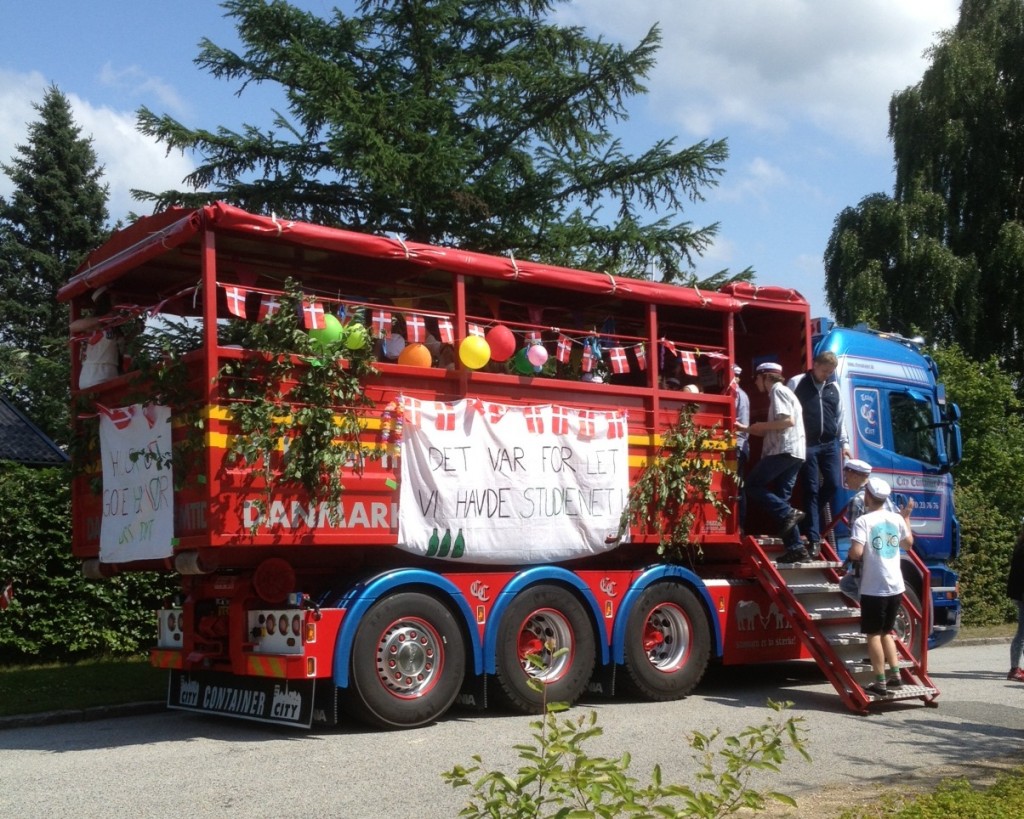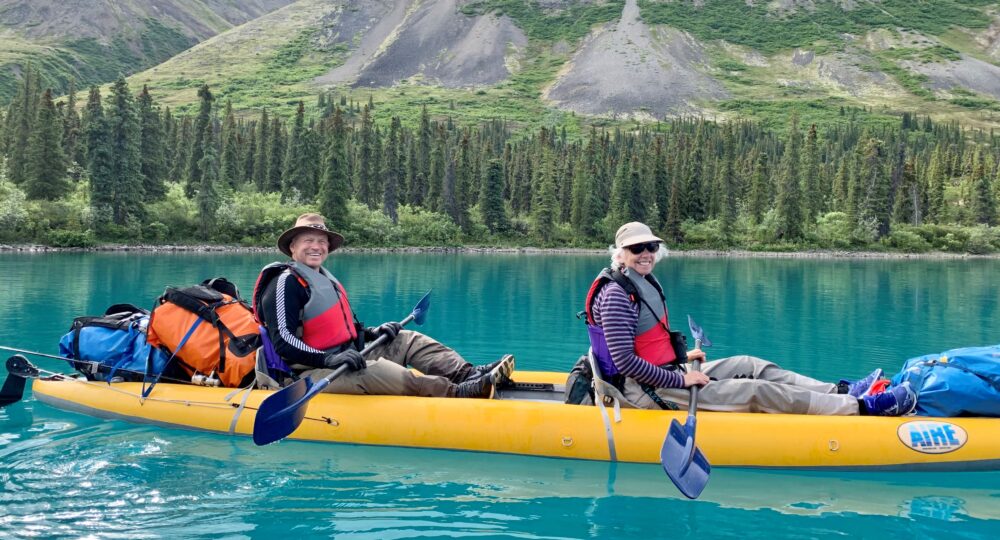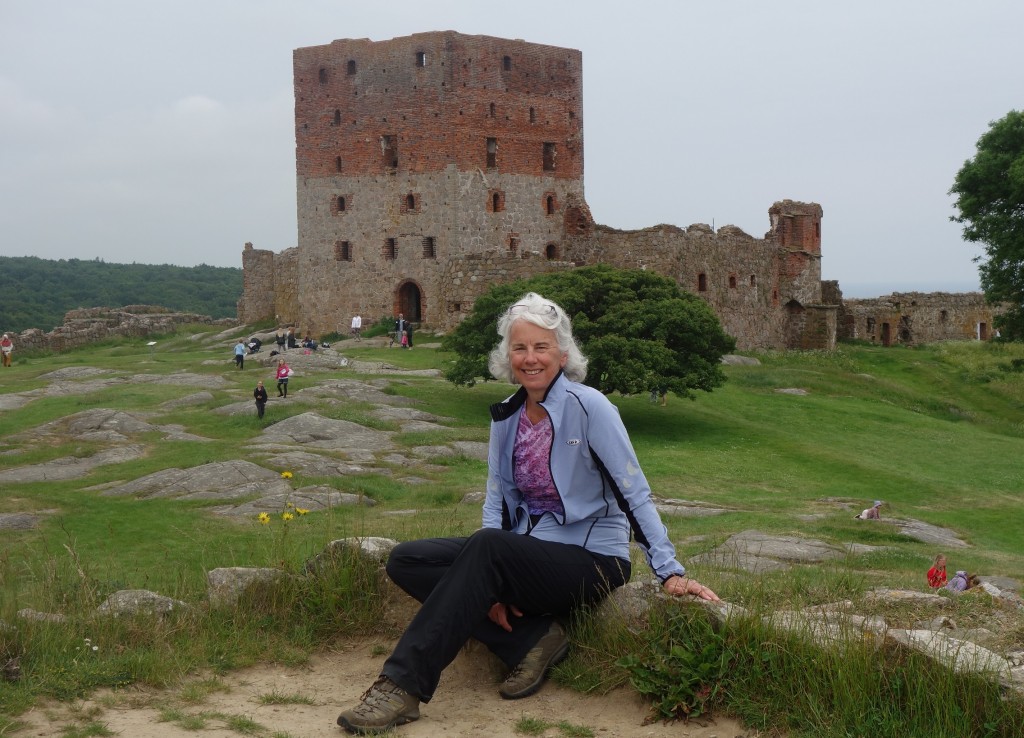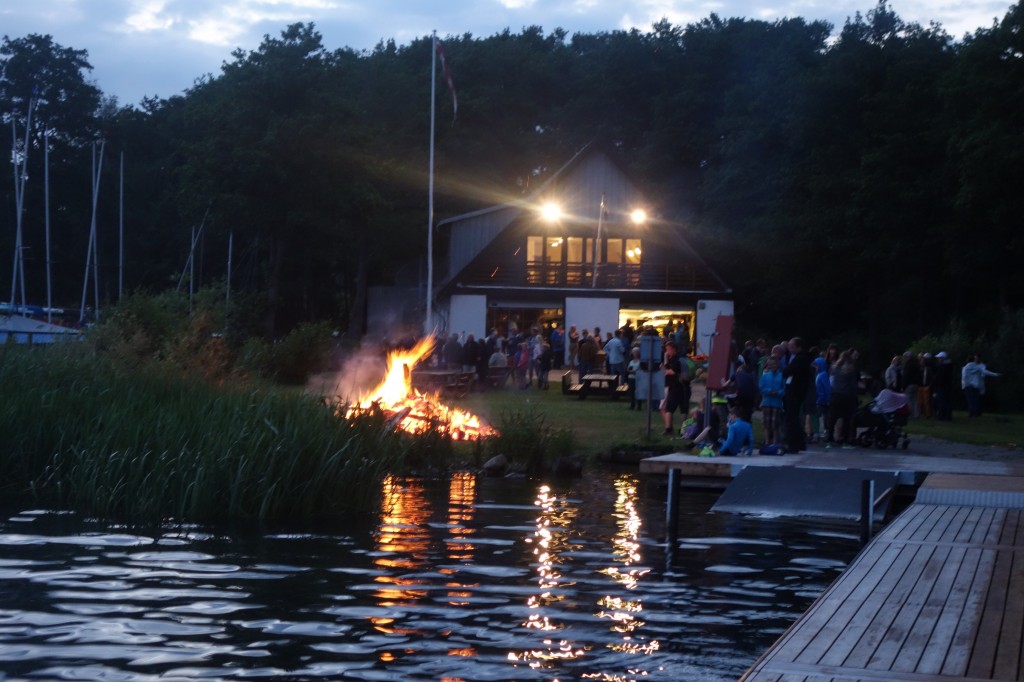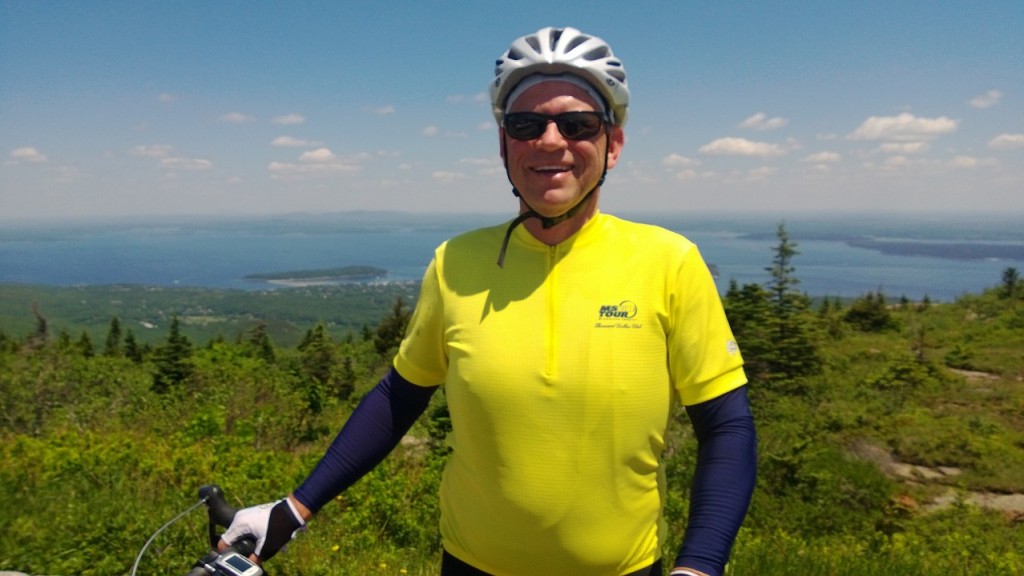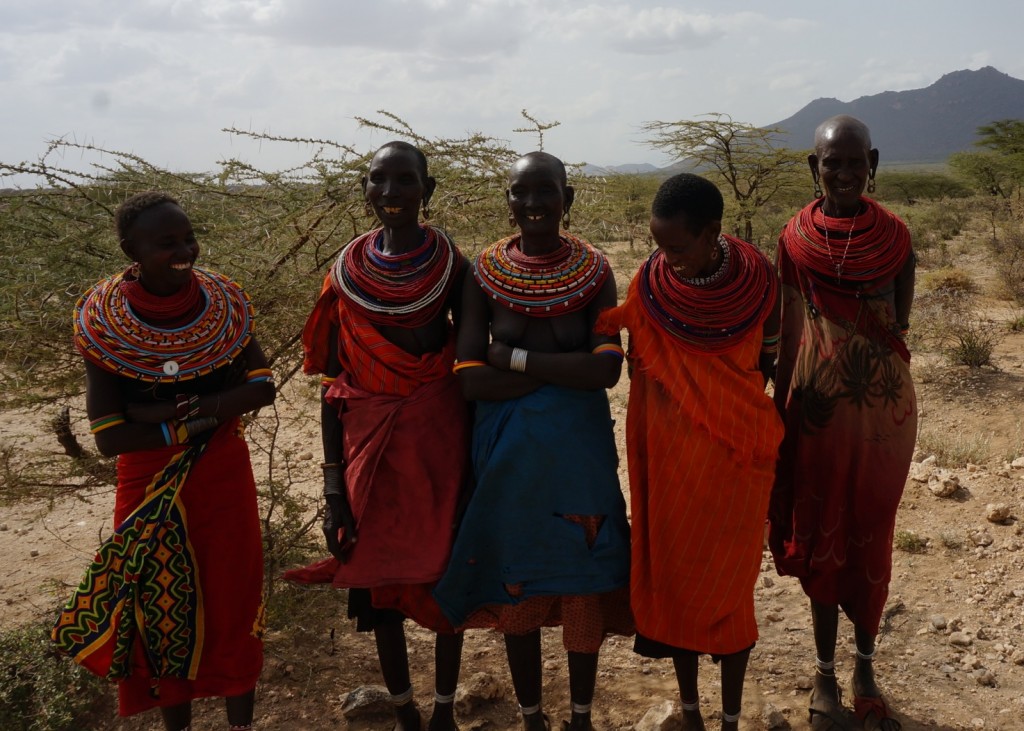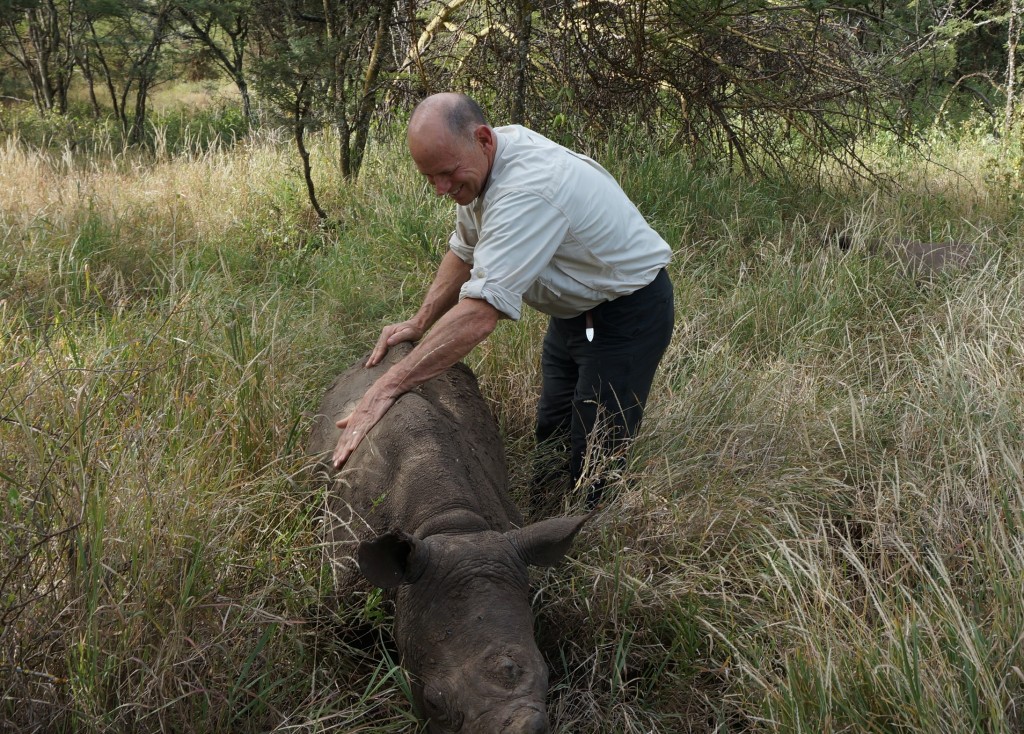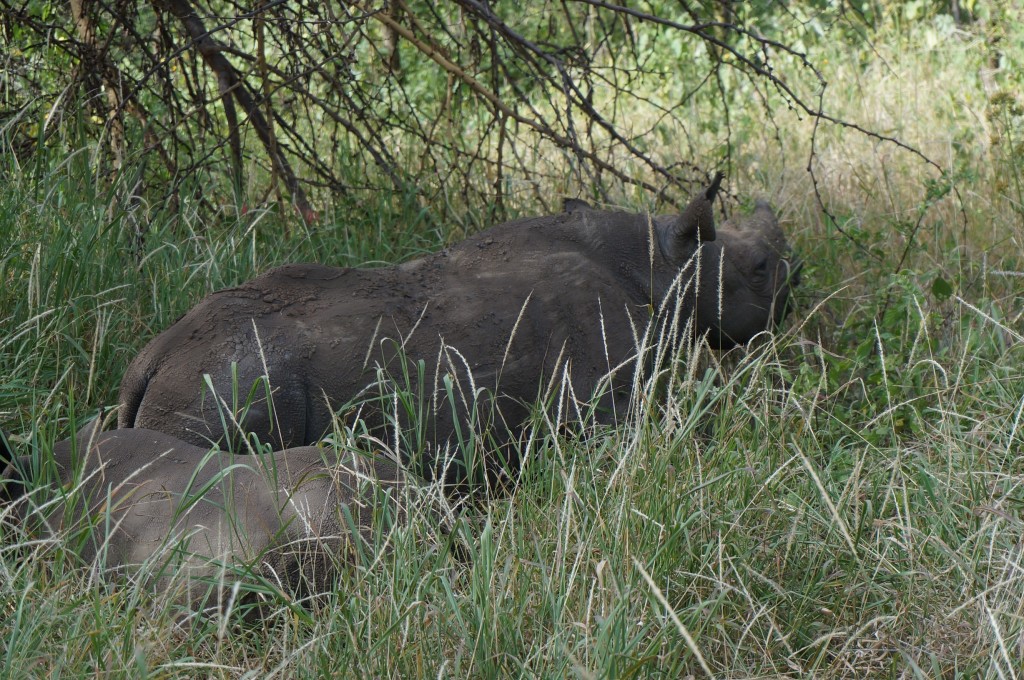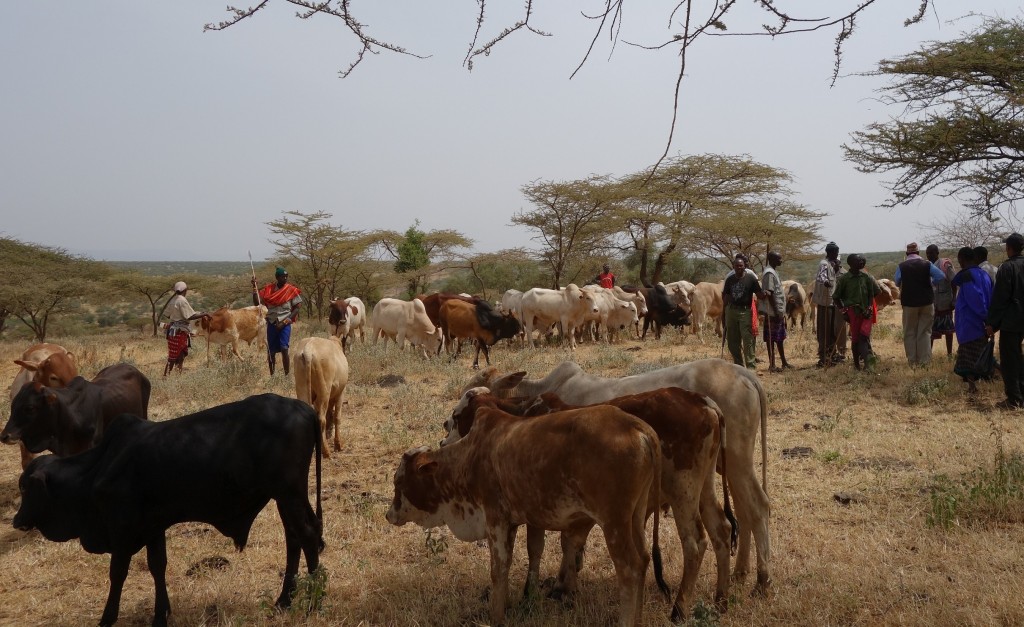When we flew to Kenya, getting to the airport in Boston via public transportation almost made us miss our flight. Well, not to be dissuaded by our experience, we once again opted for subway and bus upon our return from Kenya to get from the airport to Pam’s house.
The harrowing tale:
Exiting the plane, Anne and I found ourselves near the front of the customs line. After a 5 minute wait and 2 minutes with the agent we headed down to baggage claim to collect our checked luggage. Baggage claim took a grueling 5 minutes. Well, somebody has to have their bags come off the carousel first, ours were third. We went to find ground transportation.
Anne, “I’m willing to get a cab.” John, “Let’s try the subway one more time.” “Okay.”
We walked through the airport to the Silver line bus stop. As we approached, the bus drove up. Boarding we were surprised to find that there was no charge to board at the airport. Leaving, the bus efficiently cruised to South Station for our switch to the subway. There we transferred, still no charge, to the Red Line. The sign read, “next train 4 min.” Six stops later we exited at Harvard Station to catch the 73 bus. The clearly marked sign directed us straight to the bus stop where the bus arrived less than 5 minutes later. Hopping on, we took the short ride to Cushing square. There we were charged the outrageous 🙂 price of $2 each. Then a short 2 block walk later we were at Pam’s house.
It was, maybe, a total of 1:15 from departing the plane, going through customs, getting our bags and traveling to Pam’s house. 45 minutes or so was the transport part. Awesome.
So, Boston, about your public transportation, when it works, as it did yesterday, it works well.
Thanks
